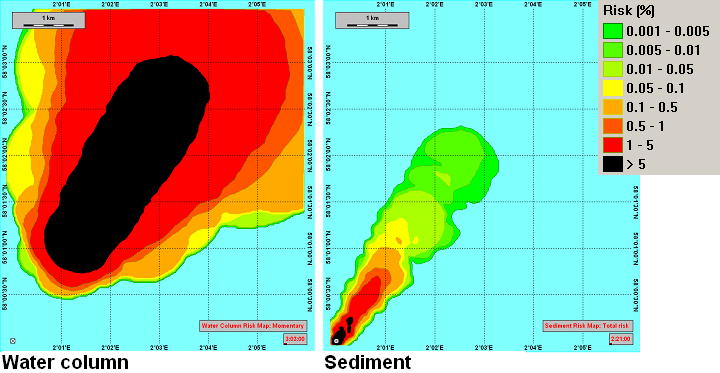Overview
To assess the environmental impacts of human interventions, species indicators can be useful to evaluate the effects of different designs. The so-called Species Sensitivity Distribution (SSD) uses causal relationships between exposure level and effect level of individual species. By using exposure-effect data of multiple types of animals and plants, the sensitivity distribution of these species can be used to assess the risk of human interference more quantitatively. Although the SSD was originally developed to assess the ecological risk of toxicants, it also appeared to be applicable for non-toxic stressors. For instance, SSDs have been developed specifically for assessing the risk of suspended clay-particles and sedimentation for the environmental impact analysis of offshore oil and gas drilling activities. One advantage of having SSDs for non-toxic stressors is that they can be easily combined with those of toxic stressors, resulting in a single impact indicator – although such combinations remain to be fully validated.
Type: Method
Project Phase: Planning & Design, Construction, Operation & maintenance
Type of assessment: Impact Assesment
Purpose: To assess the environmental impact of different interventions through species indicators
Requirements: Eco(toxico)logical knowledge of species and ecosystem at hand
Relevant Software: Statistical programmes (eg. R)

